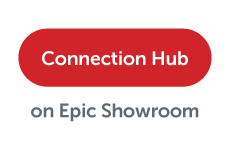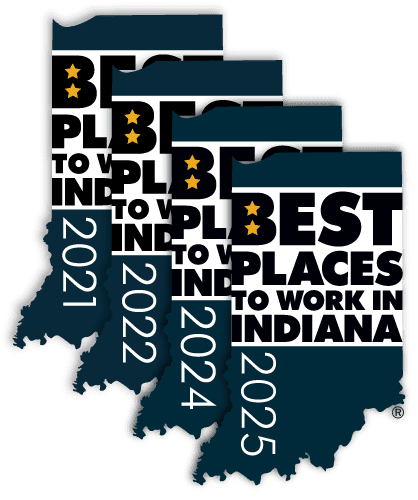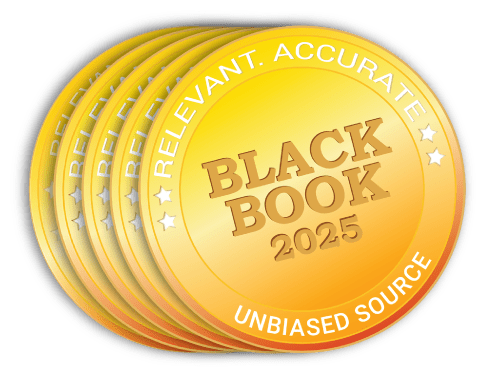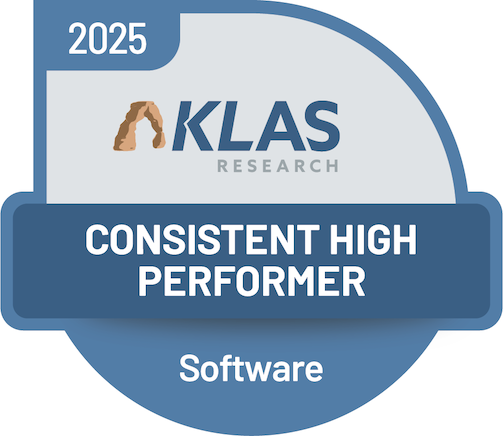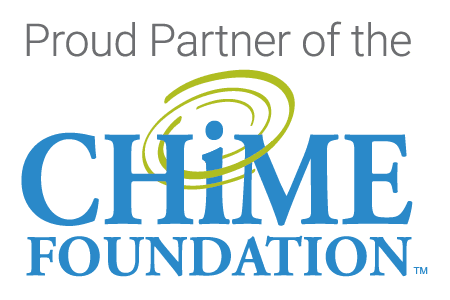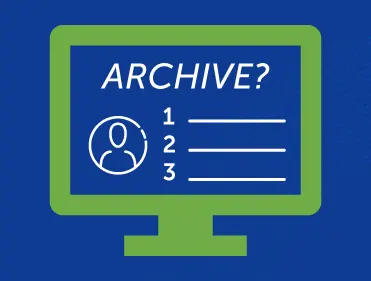
David Winn, MBA, CHCIO, RHIA, is Vice President of Information Services at Parkview Health, a community-based system serving Northeast Indiana, Northwest Ohio, and Southern Michigan. Beyond overseeing Parkview’s HIM practices, Winn heads up the Parkview Connect program, which is led by UpVia Health and hosted through Parkview Health. The program provides independent clinics, FQHC facilities, and rural hospitals in Indiana and Ohio with access to Parkview’s full Epic EHR capabilities at dramatically reduced prices.
Parkview Connect addresses one of healthcare’s most pressing challenges: the significant financial pressures facing rural and independent facilities. As part of Epic’s broader Community Connect initiative, the program provides financially constrained organizations with access to cutting-edge technology while building a more integrated network that enhances patient access, interoperability, and information sharing across the region. Currently, nine hospitals, dozens of hospital-owned clinics, 23 independent clinics (including specialty clinics and free clinics), and FQHCs are part of the program.
Over the course of his extensive tenure leading Parkview Connect, Winn has helped dozens of participants navigate complex decision-making regarding how to convert their existing data and systems into Epic. This includes determining which legacy data should be migrated, which should be archived, and how to execute these processes without disrupting operations and patient care.
Harmony Healthcare IT recently sat down with Winn to explore his approach to healthcare data archiving and gather his advice for hospitals and health systems embarking on similar initiatives.
“When most people think of an archive, they think of data being locked in a vault somewhere that is difficult to access. Maybe it’s time to coin a new word for archiving. The data in today’s archives has value, and effective archiving partners are making it easily accessible.”
Q: What are some of the first things you discuss with Parkview Connect participants as they begin planning their legacy data archiving approach?
Winn: I focus on four key areas: cost, efficiency, accessibility, and billing/financials — especially critical factors for rural organizations and FQHCs operating on tight budgets.
Cost is always a primary concern. While expensive archiving solutions exist, we’ve found that Harmony delivers both economical pricing and advanced capabilities that meet our participants’ needs.
For efficiency, I strongly recommend solutions with single sign-on capabilities that integrate with the EHR. This is extremely beneficial for patient care, as providers can instantly retrieve legacy data that informs clinical decisions without leaving their workflow.
The archive must also be user-friendly for HIM teams handling records requests. Easy access and intuitive navigation are essential for regulatory compliance and operational efficiency.
“With modernized legacy data archiving solutions, physicians, data analysts, and Health Information Management (HIM) professionals now have immediate real-time access to the patient clinical information directly through the EMR. The deep level of clinical data holds historical value that not only completes the patient story but contributes to the data needs of population health metrics, predictive analytics and modeling, and opens greater opportunities in the areas of genomics, precision medicine, and research.”
Q: You mentioned billing/financials as another key consideration. How does this factor into archiving decisions?
Winn: Financials, particularly accounts receivable, is a crucial consideration during system transitions. Beyond clinical records, organizations have active billing processes underway that don’t simply stop when switching systems. For the next nine to 12 months, new payments will still be coming in for services documented in the old system.
Harmony Healthcare IT’s solution has a dynamic A/R component, so the legacy billing system can be brought into Harmony’s system and gradually run down — rather than having to keep the A/R component separate (in a potentially costly system) until everything is run down and can be transitioned to Harmony.
Staff members can receive payments in the new system and easily apply them to the appropriate patient. Without this capability, organizations face a manual nightmare of cross-referencing between systems and potentially higher costs due to a slower transition from the legacy A/R system. Not having the insurance payment detail creates significant gaps in patient payment plans, reconciling insurance payments against contractual agreements, and negatively impacts the hospital’s payment denial management processes.
“Without the right tools, you’re dealing with checks coming in that you can deposit, but then how do you figure out which patients to apply those payments to? It’s a nightmare if you don’t have that capability, but Harmony allows us to manage this seamlessly.”
Q: What are your top pieces of advice for organizations that are evaluating archiving partners?
Winn: I have several key recommendations, but I’ll share the first three that came to mind.
First, find a partner that takes a consultative approach. The best vendors ask probing questions upfront, many you haven’t considered, which leads to better project planning and can reduce project costs. I often see organizations planning to archive far more data than necessary. A good partner will challenge this and help you focus on what really needs to be archived.
Second, lead with your pain points in vendor discussions. Share more detail than you think necessary. Strong archiving partners often provide unexpected solutions and may identify opportunities to decommission other legacy systems, consolidating that data into your archive for long-term ROI.
Finally, look under the hood when evaluating partners. Some overpromise on capabilities and timelines, while others present quotes with hidden fees that surprise you later. It’s a good sign when a potential partner is asking you lots of questions during initial meetings —that means they’re considering all factors to give you a comprehensive project estimate.
“Find a partner who can say, ‘Here’s what’s smart to migrate, here’s what we need to consider from a regulatory perspective, and here’s the most effective way to bring it over and store it.’ That level of strategic guidance is important.”
